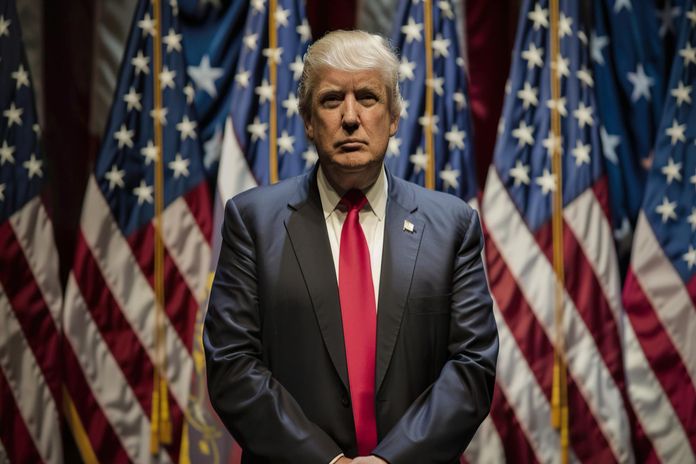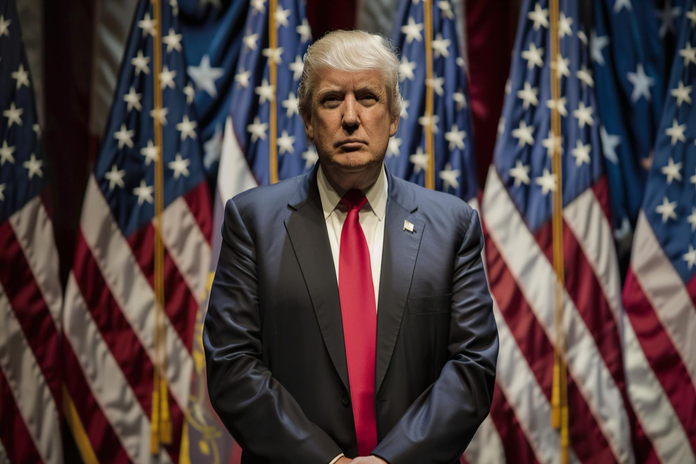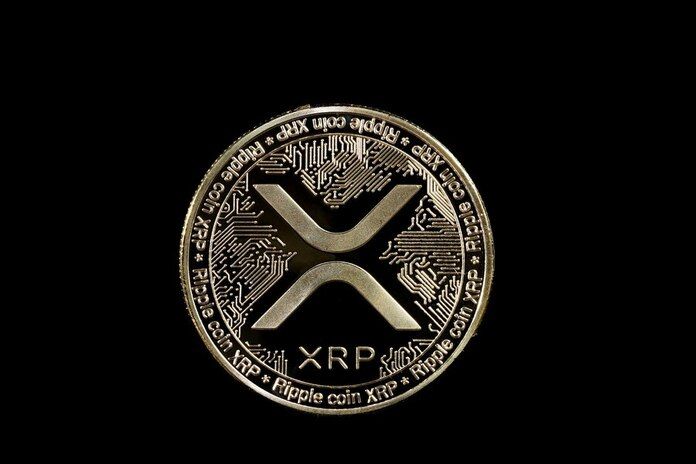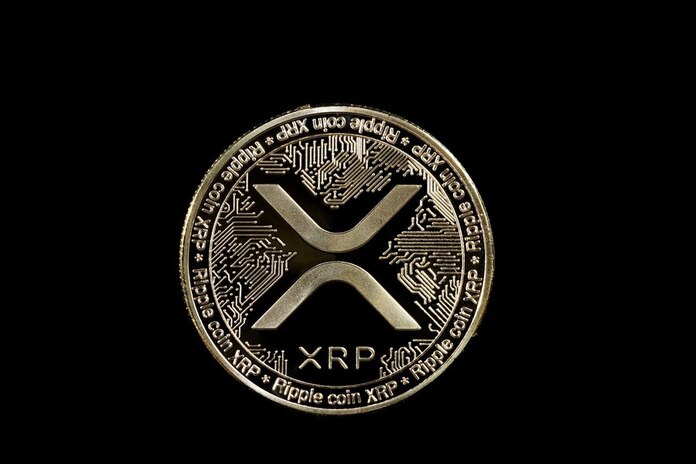Gemini IPO Sparks Crypto Stock Market Revival

The highly anticipated Gemini IPO is now officially underway, marking a key moment for cryptocurrency markets in 2025. Crypto exchange Gemini, founded by Tyler and Cameron Winklevoss, has confidentially filed for an initial public offering in the U.S., the company revealed on Friday.
The move comes as renewed investor confidence and market momentum fuel a wave of crypto and fintech IPOs, and could set the stage for a new era of institutional adoption in the digital asset space.
Crypto IPO Momentum Builds
The Gemini IPO follows the successful public debut of Circle (CRCL.N) earlier this week, which saw a strong performance on the New York Stock Exchange. According to Matt Kennedy, senior strategist at Renaissance Capital, “Pre-IPO crypto companies would be crazy not to move ahead with listings after seeing how Circle traded.”
Investor appetite for risk assets—especially in areas like crypto, artificial intelligence, and fintech—is rebounding. After years of volatility, regulatory uncertainty, and market mistrust, crypto firms are re-emerging with stronger narratives and improved fundamentals.
Gemini’s Strategic Timing
Gemini currently enables users to buy, sell, and store over 70 cryptocurrencies, positioning itself as a key player in the U.S. digital asset market. Though the company hasn’t disclosed the size or pricing details of its IPO, industry insiders see its filing as a critical signal.
“Gemini’s IPO contributes to the broader momentum and reinforces the idea that crypto-native firms are increasingly preparing to access public markets,” said Kat Liu, vice president at IPOX. Liu also pointed out that institutional capital is returning, especially toward companies with scalable models in strategic growth areas.
Gemini’s entry to the public markets could boost transparency, increase regulatory engagement, and provide the firm with much-needed capital to expand in an increasingly competitive landscape.
Crypto’s Growing Legitimacy
The Gemini IPO is part of a broader legitimization of the crypto sector. The global digital asset market is now valued at over $3.3 trillion, with Bitcoin (BTC-USD) trading above the $100,000 mark. Institutional interest surged after the SEC approved spot bitcoin ETFs in the U.S., opening the doors for retirement accounts and traditional funds to gain exposure.
Coinbase (NASDAQ:COIN), one of Gemini’s top competitors, was recently added to the S&P 500, a watershed moment that many believe laid the groundwork for other crypto firms to follow suit.
“If equity underwriters smell a new fee stream, expect the calendar to unfreeze for everything from fintech to AI chips,” said Michael Ashley Schulman, CIO at Running Point Capital Advisors. He notes that Gemini’s IPO, if successful, will confirm that the “crypto thaw” is real.
From Lawsuit to Wall Street
Tyler and Cameron Winklevoss first gained fame from their lawsuit against Meta Platforms Inc. (NASDAQ:META) CEO Mark Zuckerberg, alleging he stole their idea for Facebook. That legal battle ended in a 2008 settlement involving cash and META stock—wealth that the twins used to pivot into the crypto industry with the founding of Gemini in 2014.
Now, with the Gemini IPO, the twins appear set to make history again—this time by leading one of the first major post-FTX collapses crypto listings in the U.S.
Will Gemini’s IPO Succeed?
While the details of the Gemini IPO remain confidential, market indicators suggest strong interest. After years of skepticism and setbacks, crypto markets are enjoying renewed optimism thanks to clearer regulations, broader adoption, and support from high-profile political figures—including Donald Trump, who has promised to be a “crypto president.”
As Gemini steps into the public spotlight, its performance could set the tone for the next wave of digital asset IPOs—and help solidify crypto’s long-awaited place in the mainstream financial ecosystem.
Featured Image: Freepik








